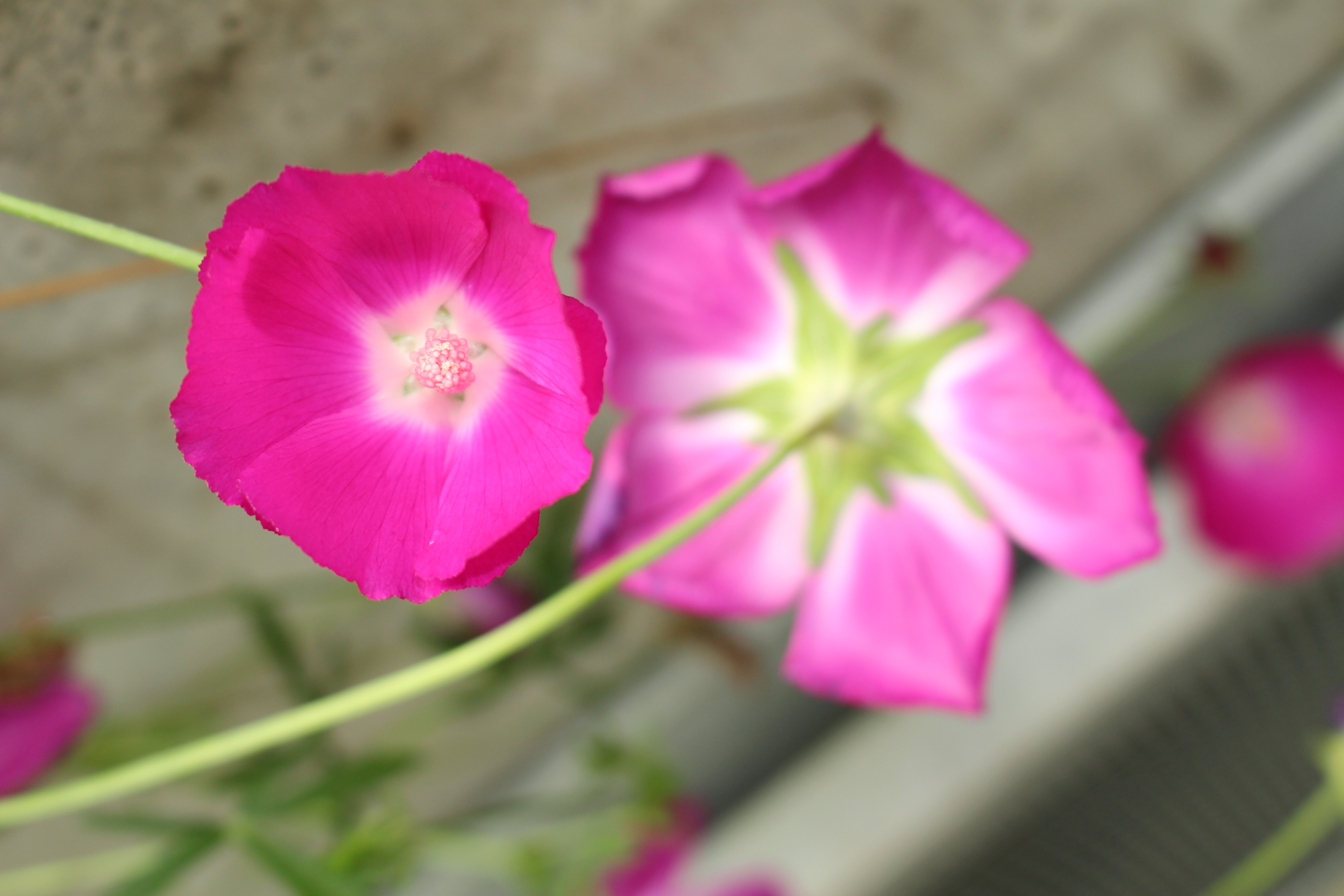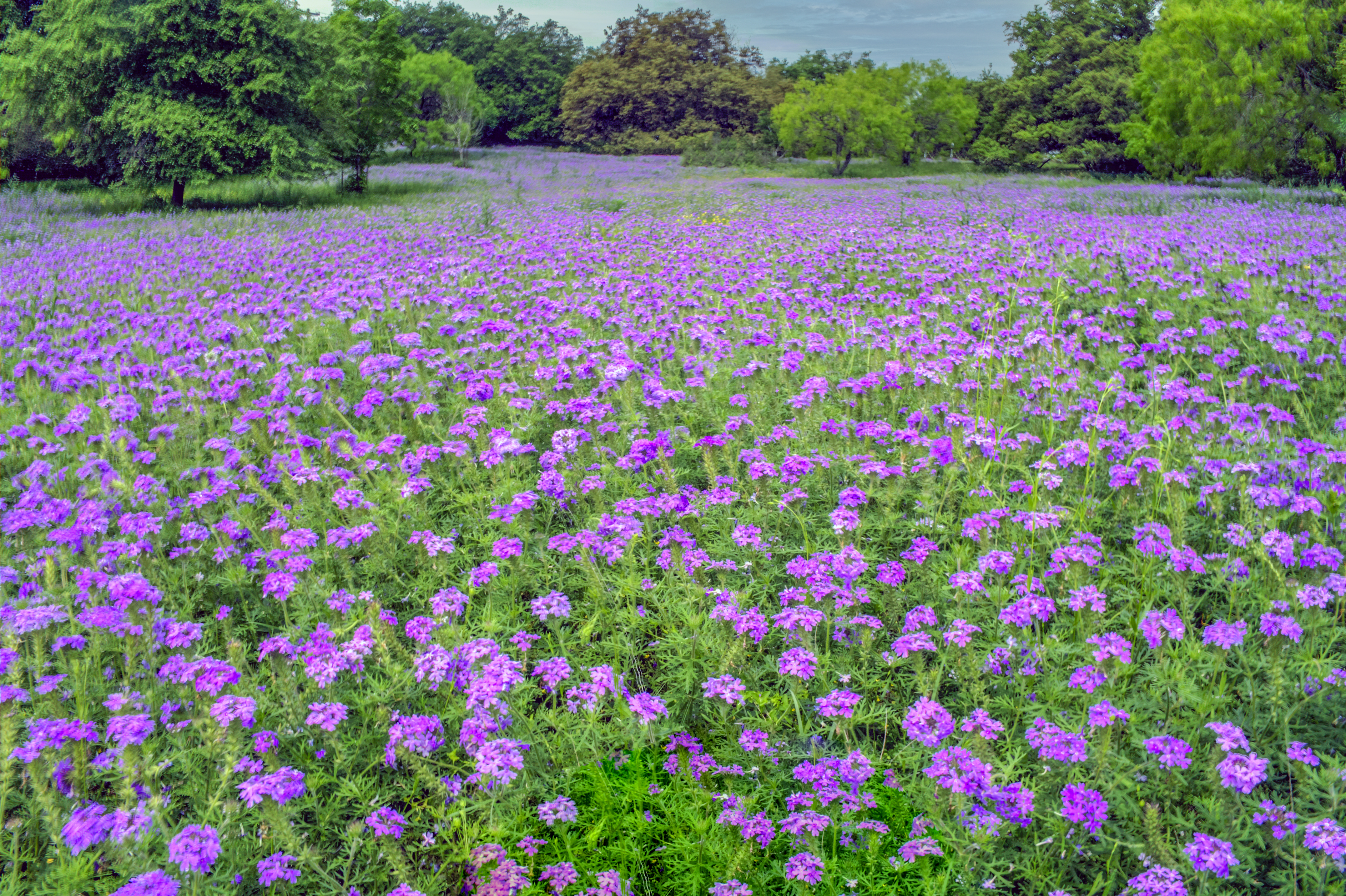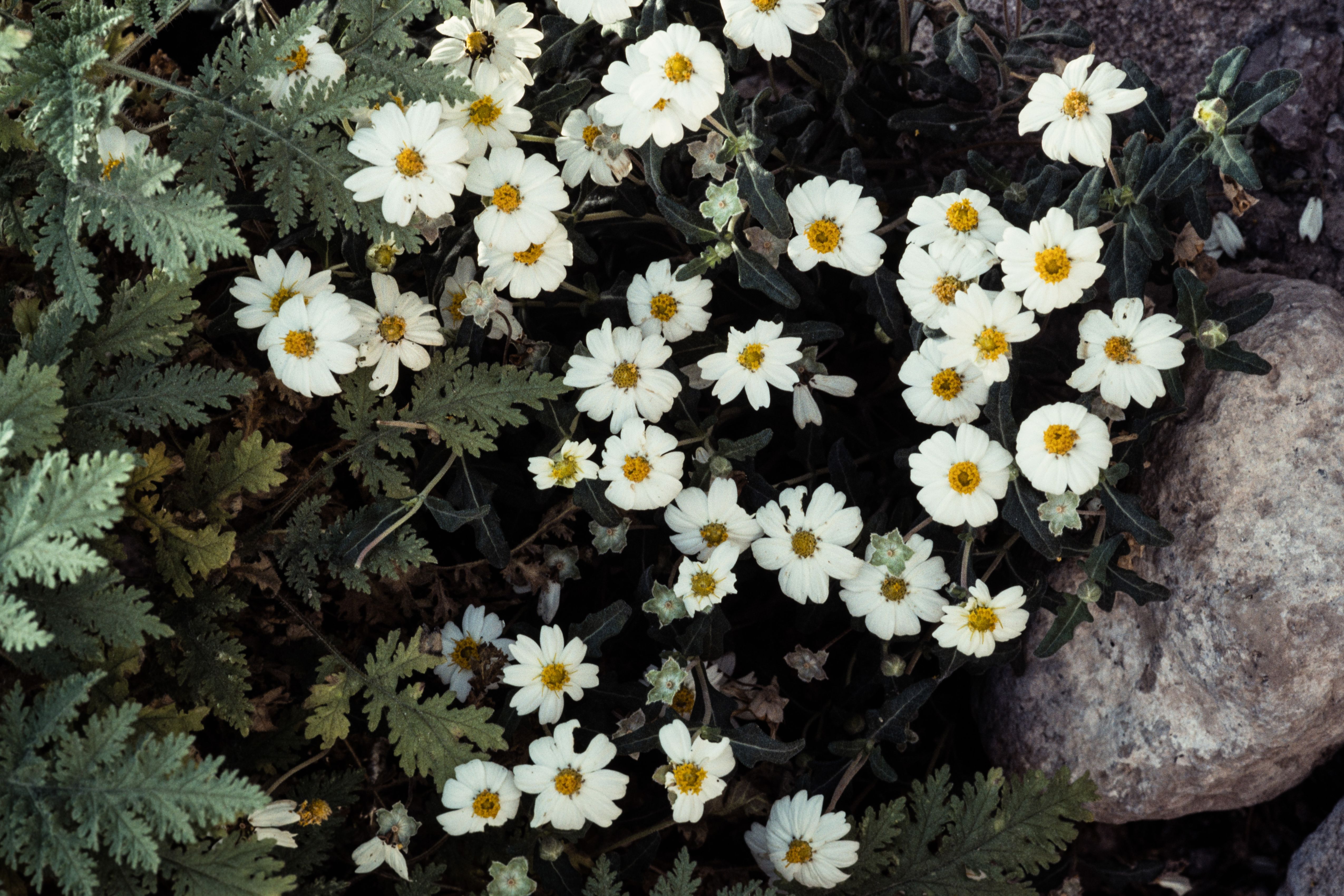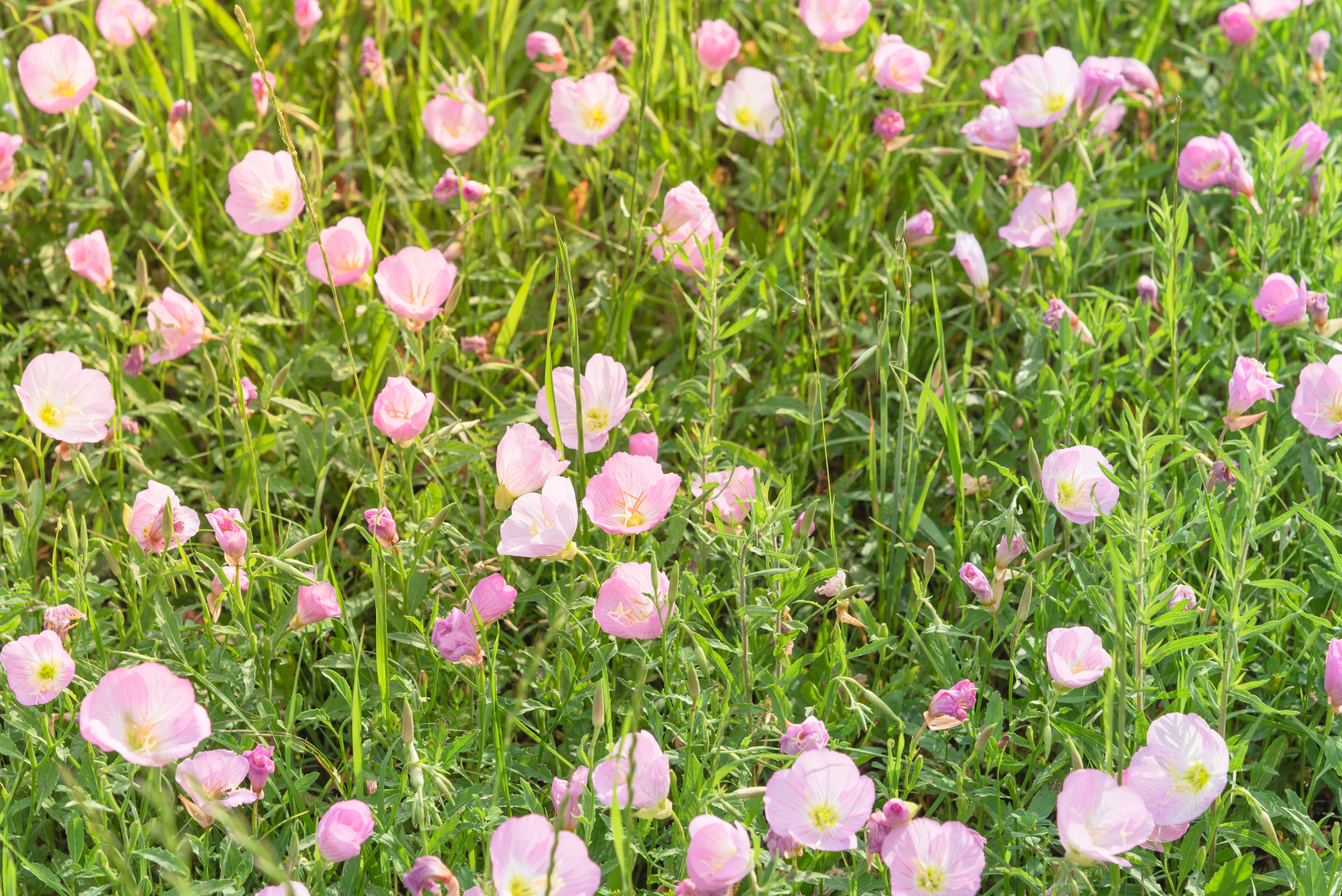
When I think about Texas, I think about thick cuts of red meat and big belt buckles.
Videos by TravelAwaits
I see flashes of rodeo shows and hear crooning country music. I think about the bats that haunt the city of Austin, then the Dallas Cowboys football team.
I have never once thought of wildflowers when imagining the Lone Star State.
But Texas’s sprawling size isn’t just for longhorn cattle and their drivers—it’s also one of the US’s best places to watch wildflower blooms in spring.
And with so many scenic highways, byways, and roadside attractions crisscrossing the state, it’s not hard to see them. So long as you know where to find bluebonnets, winecups, wild petunias, paper flowers, tulips, and more, you can string together a spring road trip for the ages.
These are my top five picks for enjoying wildflowers in Texas. If you want to dive even deeper, I suggest looking at the Texas Highways’ Wildflower Drives selections. (Along with in-depth information on road names and byways, it also has adorable hand-drawn maps!)
Top 5 places to see wildflowers in Texas
Bluebonnets around Highland Lakes and Blackland Prairie

I’ve heard more and more tales of Texas’s gorgeous bluebonnets over the last few years, which is what inspired me to write this article. If you’re also into elegant, tall stalks of indigo flowers, you can find them statewide. I suggest focusing your bluebonnet hunting in the Highland Lakes area, along with Blackland Prairie.
You’ll see stretches of bluebonnets in and around these Highland Lakes spots:
- Canyon of the Eagles Nature Park
- Longhorn Cavern
- Inks Lake State Park (includes other flowers like Hudson flax)
But don’t forget about the Blackland Prairie region in Washington County. You can see a sea of bluebonnets in these areas each spring:
- Around the city of Independence (State Highway 105 is ideal)
- Around Washington-on-the-Brazos State Historic Site
- Around Chappell Hill Historic District
- Between Corsicana and Athens
Winecups in Hill Country

Delicate, violet winecups are another favorite for natualists in the Lone Star State. Like bluebonnets, you’ll notice these dotting Texas’s grasslands and savannahs. But you can find scores of winecups in Western Hill Country.
The best place to see winecups is between Llano and Cherokee, which lies west of Inks Lake State Park. Or you’ll be in Western Hill Country, instead, you’ll notice fields of winecups just south of Vanderpool.
Neches River rosemallow and trailing phlox in East Texas

The famous pinelands of East Texas are home to famous state-specific flowers: the Texas trailing phlox and the Neches River mallow. I haven’t heard of either of these small flowers before, but you can find scores of each in the Pinewoods Native Plant Center, an Austin State University project.
This 42-acre area was created to preserve and propagate endangered native species, including the Neches River rosemallow and Texas trailing phlox.
Blackfoot daisy and paper flower in the Panhandle

Did you know that Texas’s panhandle includes plateaus that rise as high as 4,500 feet? Unsurprisingly, you’ll find unique flowers in Texas’s panhandle compared to other regions. I’d personally love to see the blankets of black-and-yellow blackfoot daisies, along with those delicate paper flowers. Both are easy to find in and around the Palo Duro Canyon State Park.
The whole shebang in and around Lyndon B. Johnson State Park

Can’t decide which wildflower road trip tickles your fancy? You can find interspersed flowers in and around Lyndon B. Johnson State Park between Luckenbach and Johnson City. The grasslands are home to more than 400 wildflower species, including those famous bluebonnets, scarlet sage, and primrose.
